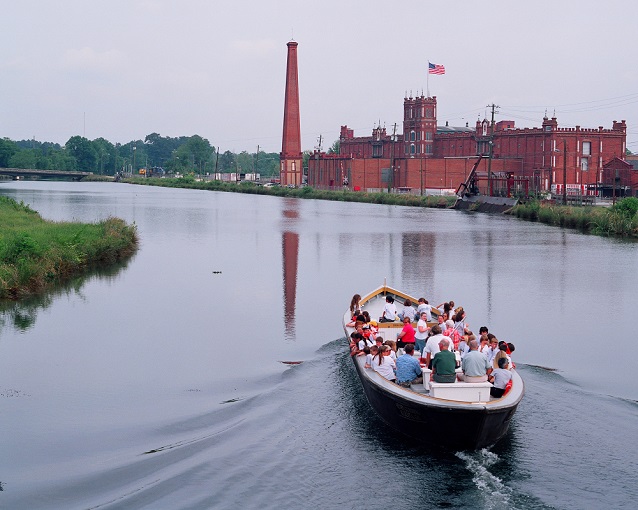Heritage Areas 101: What is a NHA?

National Heritage Areas (NHAs) are designated by Congress as places where natural, cultural, and historic resources combine to form a cohesive, nationally important landscape. Through their resources, NHAs tell nationally important stories that celebrate our nation’s diverse heritage. NHAs are lived-in landscapes. Consequently, NHA entities collaborate with communities to determine how to make heritage relevant to local interests and needs.
NHAs are a grassroots, community-driven approach to heritage conservation and economic development. Through public-private partnerships, NHA entities support historic preservation, natural resource conservation, recreation, heritage tourism, and educational projects. Leveraging funds and long-term support for projects, NHA partnerships foster pride of place and an enduring stewardship ethic.
Benefits of NHAs
Some of the long-term benefits of NHA activities include:
- Sustainable economic development – NHAs leverage federal funds (NHAs average $5.50 for every $1.00 of federal investment) to create jobs, generate revenue for local governments, and sustain local communities through revitalization and heritage tourism
- Healthy environment and people – Many NHAs improve water and air quality in their regions through restoration projects, and encourage people to enjoy natural and cultural sites by providing new recreational opportunities.
- Improved Quality of Life –Through new or improved amenities, unique settings, and educational and volunteer opportunities, NHAs improve local quality of life.
- Education and Stewardship – NHAs connect communities to natural, historic, and cultural sites through educational activities, which promote awareness and foster interest in and stewardship of heritage resources.
- Community Engagement and Pride – By engaging community members in heritage conservation activities, NHAs strengthen sense of place and community pride.
The NHA Program
NHAs further the mission of the National Park Service (NPS) by fostering community stewardship of our nation’s heritage. The NHA program, which currently includes 62 heritage areas, is administered by NPS coordinators in Washington DC, regional offices, as well as park unit staff.
NHAs are part of the park system as a related area but not national park units. Rather, NPS partners with, provides technical assistance, and distributes matching federal funds from Congress to NHA entities. NPS does not assume ownership of land inside heritage areas or impose land use controls.
NHA Facts
- Sixty-two NHAs have been designated by Congress since 1984. Each NHA is created through individual federal law.
- NHA designation recognizes the national importance of a region’s sites and history.
- Through annual Congressional appropriations, NPS passes funds to NHA entities. Although most entities are authorized to receive up to $1 millon annually over a set period of time, actual annual appropriations range from $150,000 – $750,000.
- The financial assistance component of the program is secured with legal agreements, accountability measures, and performance requirements for NHA entities.
- NHA designation does not affect private property rights.
Last updated: June 17, 2019
